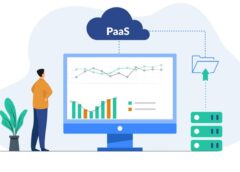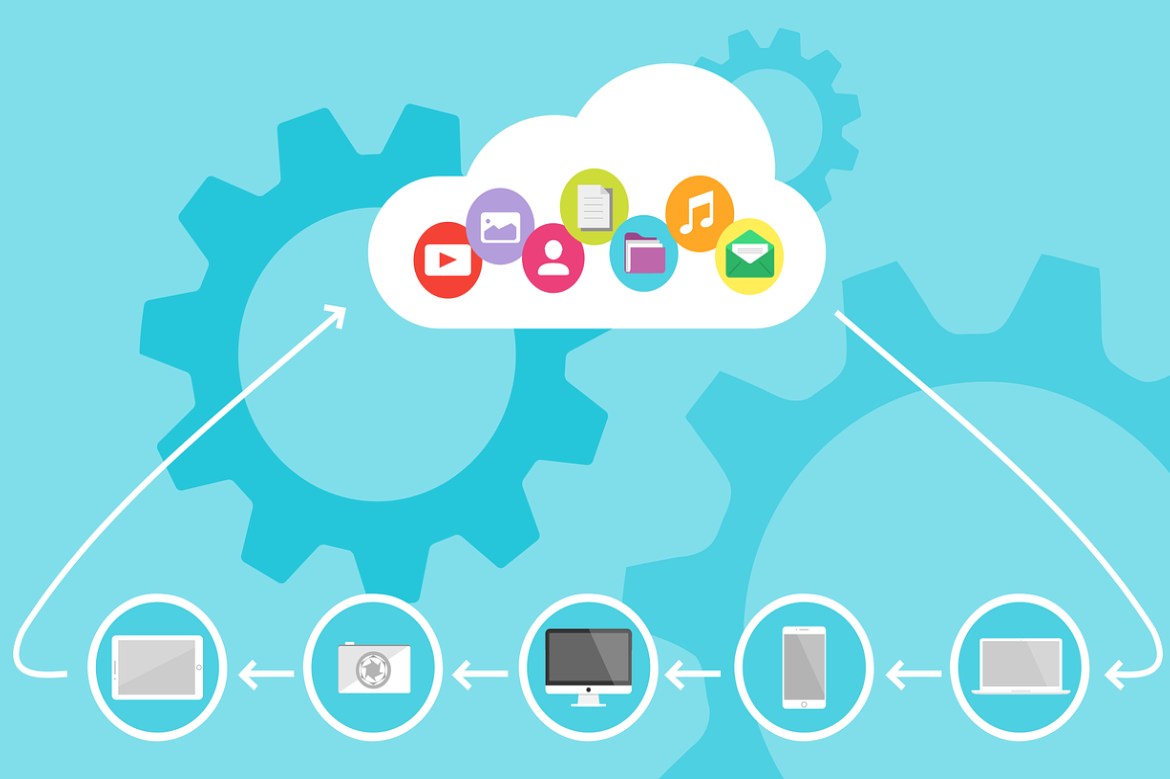The English term Platform as a Service (PaaS) is a cloud environment that provides a platform for developing applications on the Internet. PaaS is closely related to other services such as SaaS or IaaS.
The term Platform as a Service is a concept based on Infrastructure as a Service (IaaS) and adds additional properties to it and the provision of hardware. This includes a development environment that is generally accessible to PaaS users.
There is no need to purchase hardware or software. The Platform as a Service is equipped with the necessary features for the development of new software.
The Characteristics Of Platform As A Service
The characteristics of Platform as a Service include the two processes of development and debugger and public or closed tests and delivery to the end customer.
The end customers then use the completed application as Software as a Service (SaaS). Since the basis of PaaS is based on IaaS, the Infrastructure can be classified quite quickly in this way depending on the required computing power. In the so-called cloud stack, PaaS is the link between IaaS and SaaS.
Several programming languages support is a central feature of Platform as a Service, as it offers the most advantages. The drag & drop or point & click processes are particularly helpful when providing simple apps and are becoming increasingly common in PaaS solutions.
The Advantages Of PaaS
- The Platform as a service offers many advantages for the developer. It is an advantage that the specific application is further developed. PaaS does not have to concentrate on the Infrastructure in the hardware and network area or on the administration of the systems. In addition, no maintenance costs and external providers are required for the repair of the Platform.
- Likewise, app development does not depend on the developer’s location. In this way, the teams can work on web tools and video chat applications over long distances.
- The task of the PaaS providers is to maintain the hardware and software software, and the teams of developers do not handle the security updates.
- PaaS is not linked to the local network structure on-site so that the rapid spread of any existing malware is avoided.
- Depending on the size of the development team, PaaS can save millions in expenses. SaaS also offers time an enormous advantage: Applications via PaaS start immediately after the first project draft. Access to the hardware via the Internet is possible directly. Larger PaaS providers process the requested change requests very quickly if the developer community requests new features.
Example
An example of a platform as a service is the integration of an SDK for mobile devices such as smartphones and tablets. Since mobile computing is also playing a more significant role in the end customer area, customer expectations are to access this application from their portable devices accordingly. An SDK of this type can also be found in most PaaS services. In addition, the integration of social media in the corresponding apps and on mobile devices is essential.
Also Read: WHAT IS ARTIFICIAL INTELLIGENCE?




